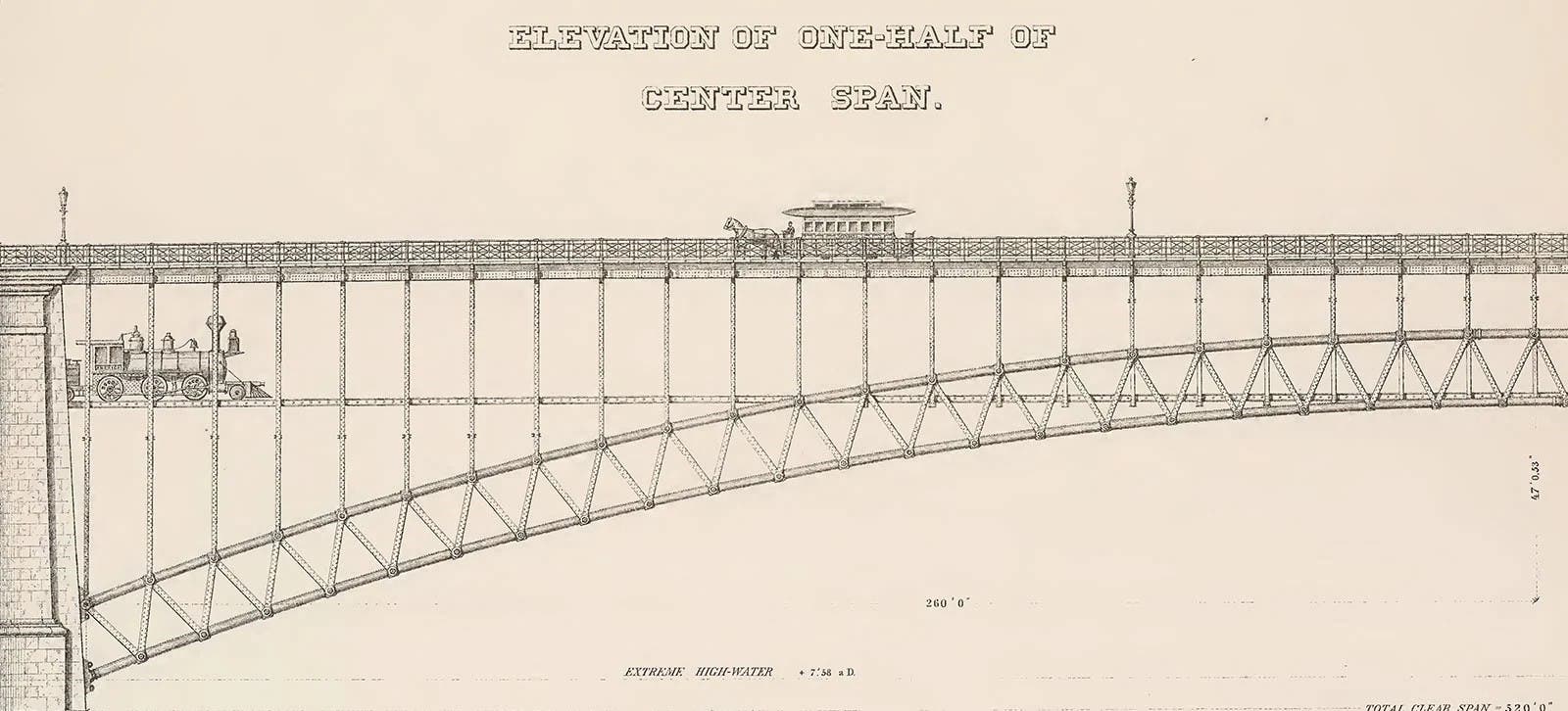Monuments
Moving the Vatican Obelisk
In 1586, the Italian engineer Domenico Fontana moved an Egyptian obelisk to its present site in front of the Vatican in St. Peter's Square. The obelisk, quarried in Egypt during the 13th century BC, was brought to Rome in the 1st century. It remained in position until Pope Sixtus V, as part of his plan to continue the construction of St. Peter's and make it one of the world's truly spectacular buildings, recommended moving the obelisk 275 yards from its original Roman site to the featured location in front of the Vatican.
Fontana’s plan for moving the obelisk was chosen from among hundreds of others. It relied heavily on pulleys, some as large as five feet in length, to lift the obelisk off its base and then lower it to a horizontal position by pivoting it on its lower end. Five huge levers, each 51 feet long, were used to help lift the shaft off the base. A variety of pulley blocks were required to work in conjunction with the 40 winches, each of which were powered with horses and men to supply the main lifting force. It took Fontana one year to complete the task. On September 28, 1586, the scaffolding and tower had been removed. The obelisk appeared in full view, in the same position as it appears today more than 400 years later.

